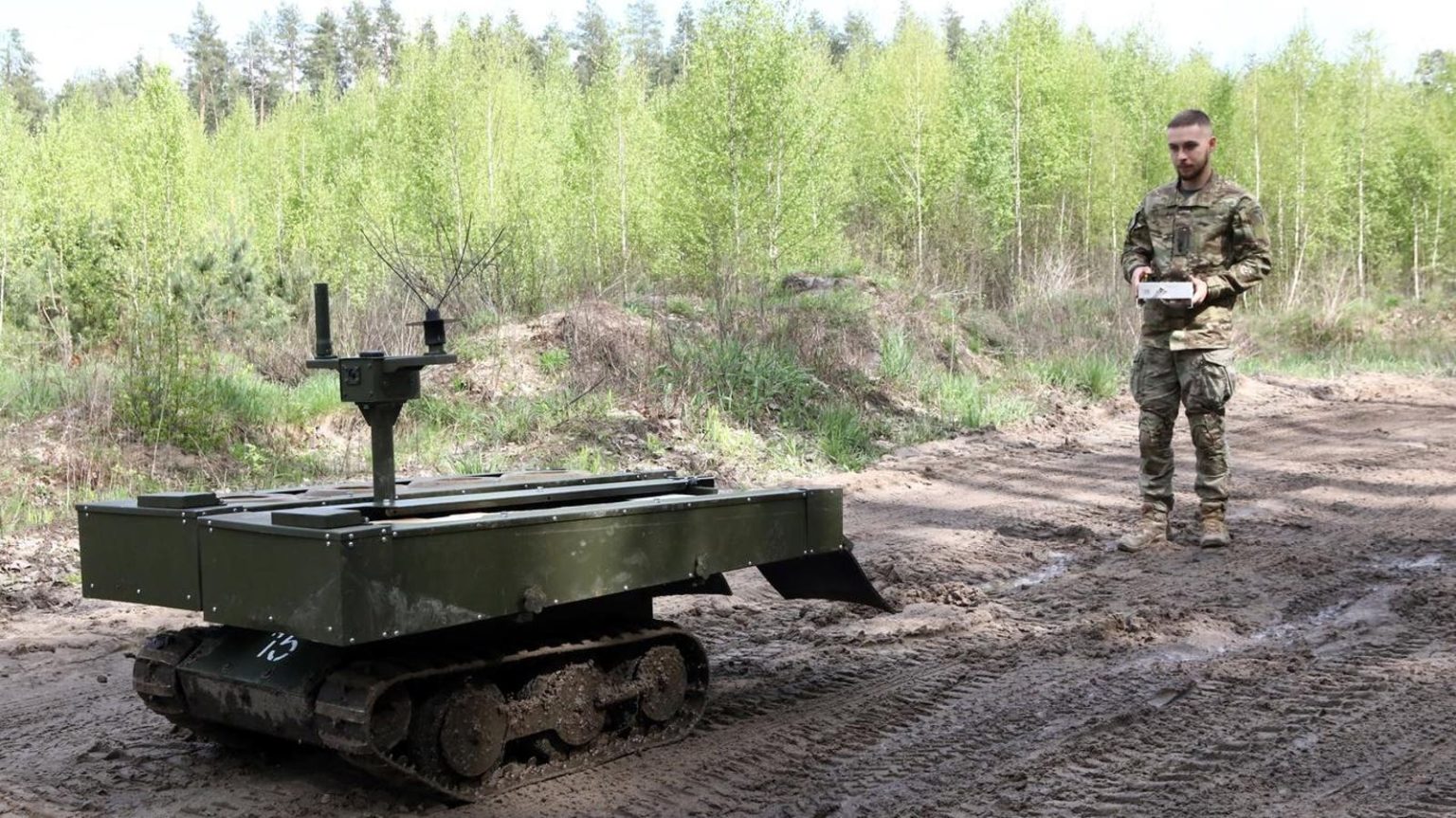Ukraine has made significant advancements in developing air and sea-based robots during its ongoing war with Russia. In line with this success, Ukraine recently launched the Unmanned Systems Forces, which includes a land component. Ground robots are seen as the “next game-changer technology of this war” by Mykhailo Fedorov, Ukraine’s minister of digital transformation. These robots are expected to reduce the need for human presence in dangerous situations like minefields and help offset casualty losses on the frontlines.
Despite the potential benefits, ground robots pose several challenges that Ukraine has not faced with air and sea robots. One major issue is related to control signals, as military robots require military radio systems with line of sight between the operator and the robot. Achieving line of sight in urban environments, where the Ukrainians are currently positioned, can be difficult. Furthermore, ground robots are vulnerable to electronic warfare and jamming, making them susceptible to being targeted by enemy forces.
To overcome jamming issues, ground robots may integrate advanced autonomy based on artificial intelligence algorithms. However, arming robots without human oversight raises concerns about maintaining meaningful human control over lethal autonomous weapons systems. Without arming the robots, their potential uses would be significantly reduced. Additionally, the predictability of autonomous systems poses a challenge, as robots respond to situations in set ways based on programmed algorithms, making them easily exploitable by skilled adversaries.
Ground robots can also be hindered by simple obstacles like barbed wire, slippery surfaces, and obstacles that they are unable to navigate through. Ukraine’s technology sector is expected to innovate ways to address these issues and utilize ground robots in logistics and combat support roles. Despite these efforts, it is unlikely that Ukrainian ground robots will achieve the same level of success as their air and sea systems in direct combat applications. The limitations and challenges associated with ground robots may make them less effective than the human soldiers they are intended to replace in the battlefield.


